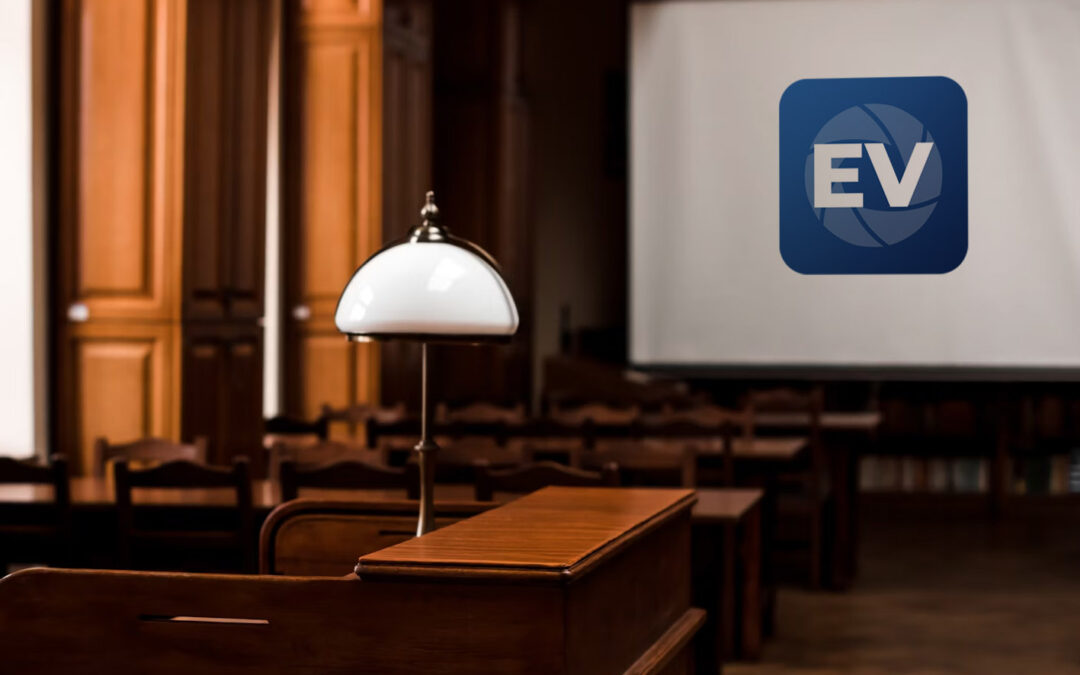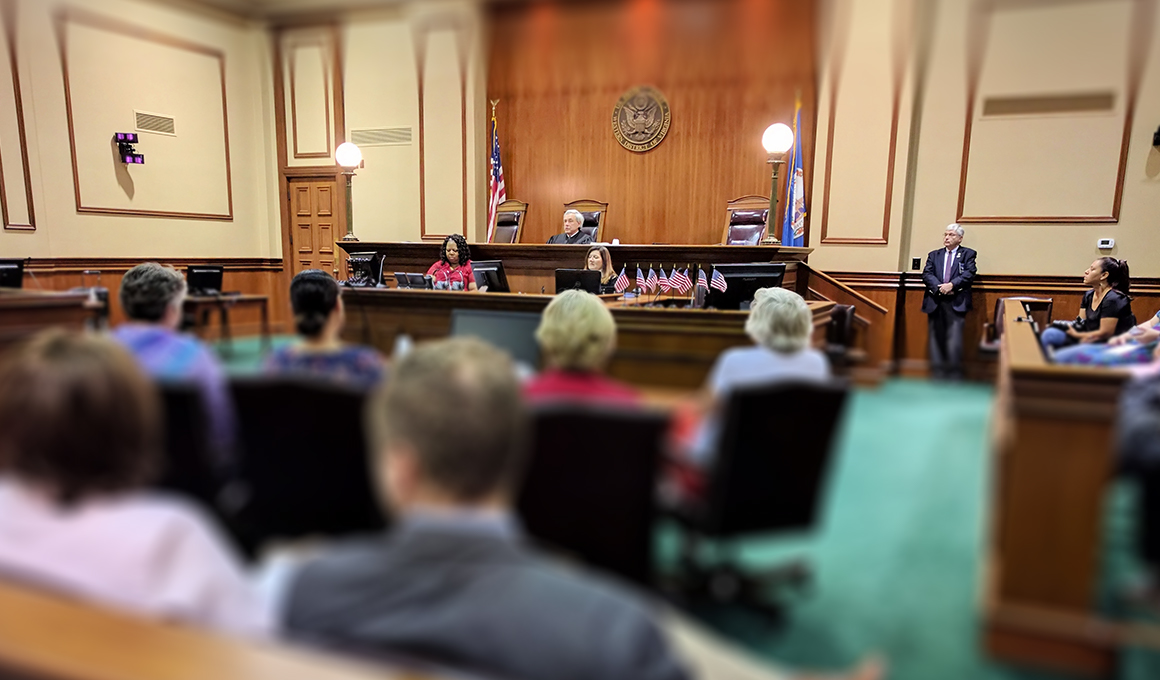Legal experts trust professional trial presentations for persuasive storytelling.
Legal experts trust professional trial presentations for persuasive storytelling.
Blog Article
Just How Trial Presentations Enhance Your Debate and Persuade Jurors
Test discussions act as a critical system for improving legal arguments and encouraging jurors. By integrating aesthetic aids, narrative frameworks, and psychological involvement, attorneys can develop a compelling case that resonates on multiple levels. The strategic usage of visuals not only clears up complex info yet likewise catches jurors' attention a lot more successfully than words alone. The art of narration plays an equally critical role in changing factual proof into an engaging story, shaping jurors' perceptions. Recognizing these aspects can considerably affect trial results, elevating the question of how each component contributes to this intricate dynamic.

Significance of Visual Help
Aesthetic aids play an important role in boosting the efficiency of test presentations, as they can considerably raise target market interaction and retention of information. In the context of a test, where jurors are charged with processing complicated information, visual aids offer to streamline and make clear bottom lines. Graphes, charts, and pictures can communicate data and concepts that may or else overwhelm or puzzle jurors, enabling a much more simple understanding of the proof provided.
Additionally, visual aids aid in maintaining juror focus throughout the process. By damaging the dullness of spoken testimony, these tools can punctuate vital debates, making them extra unforgettable. Effective aesthetic aids can likewise evoke emotional actions, which can be pivotal in convincing jurors to straighten with the presenter's narrative.

Crafting Compelling Narratives
An engaging narrative is vital in trial discussions, as it acts as the foundation of reliable persuasion. It allows lawyers to weave with each other truths, proof, and emotional elements into a systematic tale that reverberates with jurors. This narrative structure allows jurors to comprehend the complexities of the situation while directing them through the attorney's debate.
To craft an engaging narrative, lawyers ought to concentrate on quality and coherence. In addition, the use of brilliant summaries can produce mental images that help jurors envision the events, making the story more remarkable.
Additionally, incorporating crucial motifs throughout the presentation strengthens the core message and aids in retention - trial use this link presentations. The story ought to not just communicate information but additionally evoke a feeling of justice, highlighting the risks included. Inevitably, a well-constructed narrative promotes a connection between the jurors and the case, positioning the lawyer's argument as both legitimate and compelling, therefore increasing the probability of a favorable verdict

Engaging the Court Psychologically
Reliable jury interaction rests on the lawyer's ability to link with jurors on an emotional level. This connection can substantially affect jurors' understandings and their supreme decision-making. Utilizing psychological charms permits lawyers to humanize the situation, transforming abstract legal principles right into relatable experiences. By providing real-life tales or testimonies, attorneys can stimulate compassion and concern, fostering a deeper understanding of the concerns at stake.
Aesthetic aids, such as photos or video clips, can better enhance psychological involvement, supplying jurors with brilliant representations of the instance's human elements. Crafting a story that highlights the struggles and triumphs of the people involved guarantees that jurors see beyond the legal debates and recognize the human repercussions of their decisions.
Additionally, tone and body movement play an important function in communicating feeling. A lawyer's passionate distribution can reverberate with jurors, reinforcing their psychological investment in case. It's important to balance psychological allures with accurate evidence, making certain that jurors feel compelled to act while remaining based in the truth. Eventually, an emotionally engaged court is most likely to be convinced, making psychological connection a crucial part of effective test presentations.
Structuring Your Discussion

The body of the discussion should be realistically segmented into essential points, each sustained by compelling proof. It is useful to make use of narration methods to weave facts right into a story that jurors can quickly adhere to. Aesthetic aids, such as charts and videos, can improve comprehension and interaction, helping to highlight important items of evidence.
Real-World Instance Researches
Analyzing real-world article study offers important insights into the art of trial presentations and persuasion. As an example, the landmark instance of "O.J. Simpson v. Individuals click to read more of California" highlights how visual aids and engaging stories can guide court understandings. The defense group successfully used a technique that combined prominent professional testaments with multimedia presentations, which mesmerized jurors and ultimately influenced their choice.
One more remarkable instance is the "McDonald's Coffee Instance," where the complainant's lawyers used graphic pictures of the injuries suffered by Stella Liebeck. trial presentations. This stark aesthetic evidence played a vital function in conveying the extent of her burns, bring about a substantial jury award. Such instances demonstrate that impactful test presentations commonly hinge on the effective assimilation of visuals and storytelling to evoke psychological feedbacks from jurors
In addition, the "Casey Anthony Test" highlighted the relevance of narrative coherence and credibility. The prosecution's failure to establish a compelling timeline decreased their influential power, emphasizing the requirement of a well-structured presentation. Examining these situations exposes that effective test discussions require strategic planning, psychological interaction, and the capacity to reverberate with jurors' worths and beliefs.
Conclusion
Trial presentations substantially improve debates and convince jurors via the strategic usage of aesthetic help, engaging narratives, and psychological involvement. A well-structured presentation balances emotional charms with factual proof, ultimately resonating with jurors' worths.
Report this page